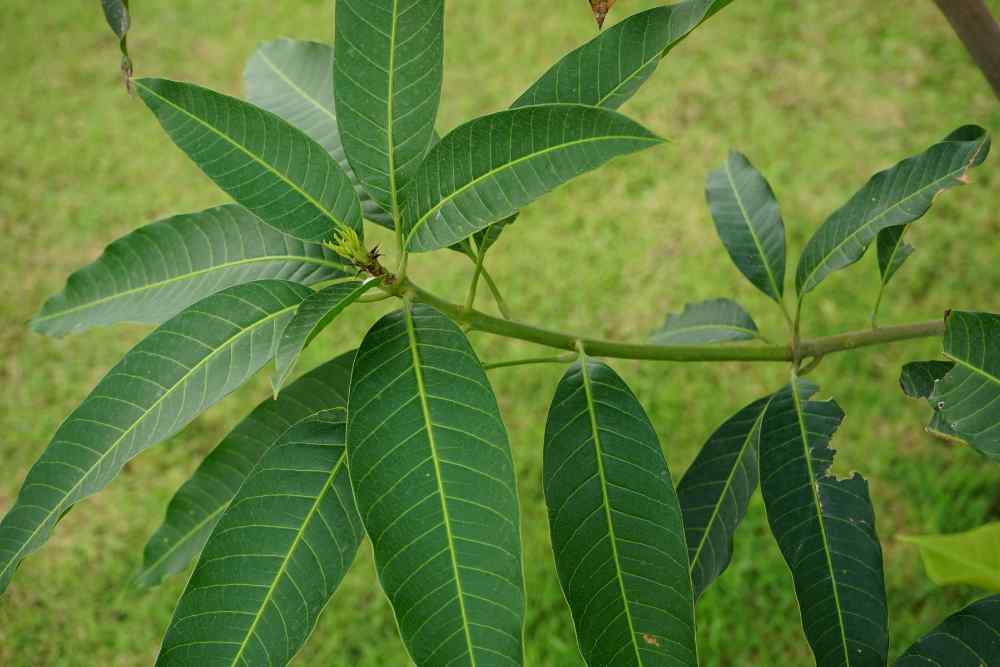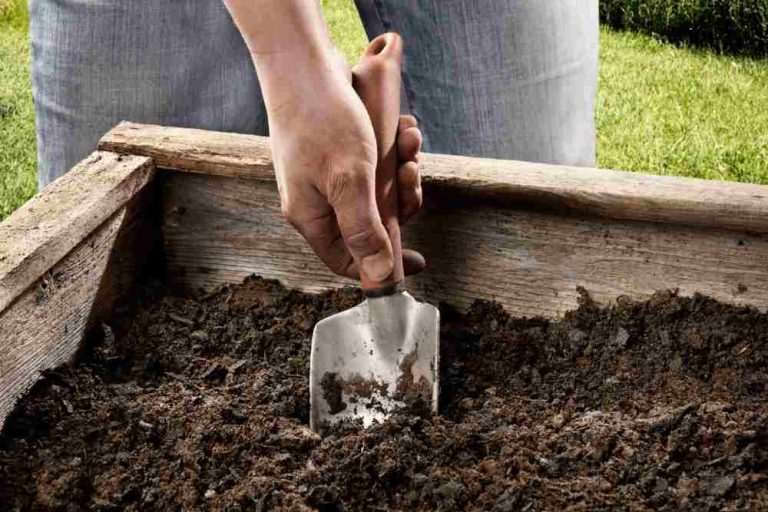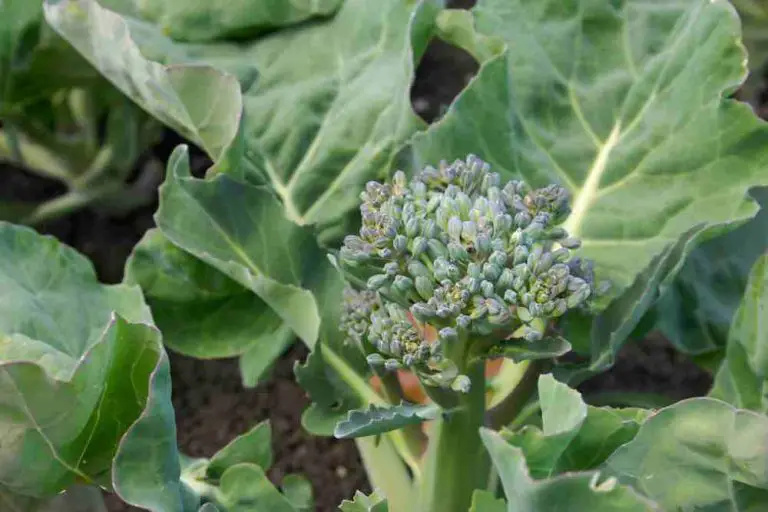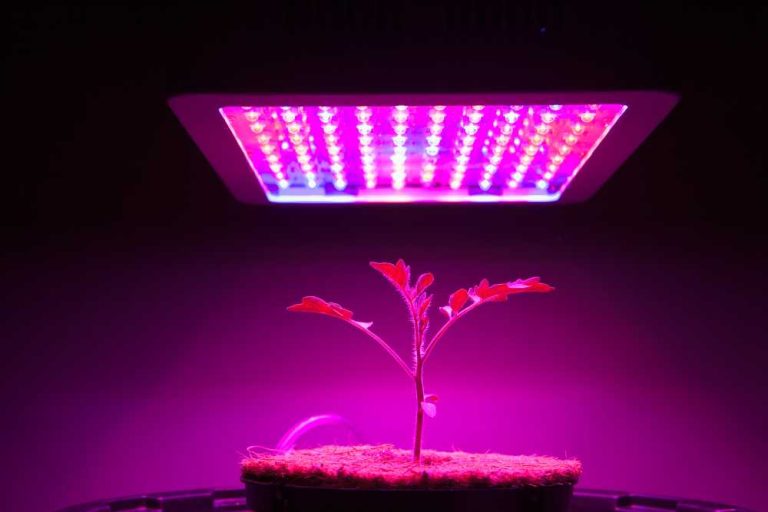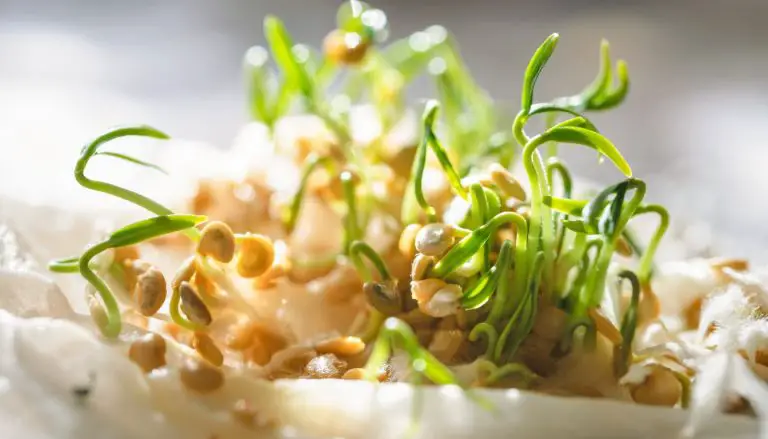Exploring the Root System of Mango Trees: Everything You Need to Know
The mango trees are tropical species, scientifically known as Mangifera Indica belongs to the family Anacardiaceae. The genus contains around 69 species divided between edible and non-edible fruit-producing trees, and the most popular one is commonly known as a mango tree. In the year 2020, world production of mangoes was around 55 million tons, showing its well-deserved popularity and how much demand there is for it.
The production numbers were led by India with 45% of the total production accounted in India’s name. Almost half of the world’s mangoes are cultivated in India alone and although India is the largest producer of mangoes, it accounts for less than 1% of the international mango trade. This is because of the fact that India consumes most of its own production of mangoes.
History of the Mango Tree
It is believed that mangoes originated in Southeast Asia, specifically the Indian subcontinent, over 5000 years ago. There are references to this fruit in ancient Hindu texts that date back to 4000 B.C. It is also considered to be the tree under which lord Buddha meditated for long periods of time. From Asia, mango seeds traveled to the Middle East, East Africa, and South America.
A slow movement of mango cultivation westward began with the spice trade. It was the Portuguese who established the first mango trade in Calcutta in 1498. In the 1600s, Spanish explorers brought mangoes to South America and Mexico
Physical Description
A mango tree has a thick and broad trunk with a rounded canopy of leaves. The trunk grows very fast and erect when the conditions are favorable. The leaves are lanceolate, petiolate, and up to 30 cm long. They are deep green to reddish green in color. The flowers are yellowish or reddish, really small in size, and often arranged in panicles of 400-2000 flowers. Because of the characteristic odor of the flower, it may attract various insects and bees.
The edible stone fruit called mango is oval, round, kidney-shaped, or long and slender in shape and can weigh anywhere between 1.8 to 2.3 Kg depending upon the variety. There are three main parts to fruit: the pulp, the peel, and the kernel. Most people consume the pulp while discarding the peel and kernel.
Cultivars and Varieties
There are more than 500 species of mangoes and hundreds of known cultivars in the world, and it is impossible to list the properties of each of them. A few of the most notable ones have been discussed and mentioned.
Different cultivars are often grown in the same orchid intentionally to improve the pollination process. Most of the preferred cultivars are mono-embryonic and have to be grafted for successful breeding. Cultivars are often classified according to as early, early to mid-season, mid-season, mid-to-late season, and late season.
One of the most famous cultivars is the ‘Alphonso’ which is known as the king of mangoes. It is very important to keep in mind the climatic conditions of the type of mango tree grown in an area.
It is common that cultivars of one climate to fail in another. A common example is the variety ‘Julie’, a prolific cultivar in Jamaica that needs annual fungicide treatments to survive the lethal fungal disease anthracnose in Florida. Asian mangoes, on the other hand, are resistant to anthracnose.
The Root System
Mango trees have a large root system which is proportional to the size of the tree. The bigger the tree, the larger will be the roots to provide support and anchorage. They have a tap root system and grow a large central tap root and from this root, there are branches of smaller roots that split off in different directions. Since it grows in the dry tropics, the roots are not superficial and are very deep set to draw water and nutrients from deeper portions of the grounds.
They can grow as deep as 20 feet into the ground. As soon as the seed germinates, the first structure to emerge is a primary radicle. An example of a taproot would be this primary root. The origin of lateral roots from the main root is endogenous i.e., from a deeper layer. The hump in the endodermis forms when cells that face the protoxylem divide in the pericycle. A lateral branch emerges from the hump after it penetrates into the cortex.
Cross-Section of the Root System
The following structures can be seen in a thin transverse section of monocot roots.
(i) Epiblema: Outermost layer of cells with thin walls and close packing. There are some cells that are prolonged into unicellular root hairs.
(ii) Cortex: Large, multilayered area composed of parenchymatous cells with intercellular spaces. Stores water and food.
(iii) Endodermis: Innermost layer of cortex with characteristic Casparian strips, plants, animals, and passage cells.
(iv) Pericycle: a single-layered structure containing thin-walled polygonal cells. This layer is the source of lateral roots.
(v) Vascular bundle: It consists of many patches of the xylem and phloem arranged radially.
(vi) Pith: Is situated in the center, large, well developed, parenchymatous or sclerenchymatous, stores food.
(vii) Conjunctive Parenchyma: Is located in between the strands of the xylem and phloem.
Uses of Mango Root
It is the other parts of mango that are widely used. It remains one of the most eaten fruits around the world and one with a lot of benefits.
- The roots when crushed and mixed with a little water to make a paste are known to have anti-inflammatory properties.
- Because of its sour taste in case of some varieties, it is used as an anti-emetic agent.
- In a lot of cultures, it is appreciated for its wound-healing property which can be attributed to anti-inflammatory action as well.
- In some parts of the world, it is used to treat IBS and diarrhea
How to establish a healthy mango tree root system
1. Soil Quality
The soil quality matters the most when it comes to having a good root system for the mango tree. The soil should be well prepared and the quality should be improved with compost and manure.
The quality of soil is highly important to establish a good drainage system and is also responsible for the nutritional needs of the tree. It should be loosened from time to time after plantation of the tree as well to allow the air and water to pass through
2. Mulch
Mulching is the process of covering the open surface of the ground with a layer of some external material that will aid in the growth of the plant. The materials that can be used are called mulch and they include bark and pine straw, a layer of sugar cane, peas, and straw.
Mulch works to improve the quality of the soil and protect your plants. It also protects bare soil from weeds. It also attracts healthy worms that dig up the soil to make their way into it creating narrow passages for air to circulate and loosening the soil for easy spread of roots.
3. Fertilize
A good quality fertilizer helps to enrich the soil and provides the tree with all the nutrients it needs. An example is pelleted chicken manure which can be added when you plant your mango tree. When fertilizers are added to the soil, plants are able to grow faster and larger.
The Leaf System
Leaves are oblong to lanceolate in shape, pointed at both ends, smooth, glossy, and veined in light green. Raw mango leaves have variegated purple-red and green hues and are pliable and tender. A mature mango leaf will become dark green, tough, and somewhat chewy.
Mango tree leaves have been mentioned in multiple ancient sacred texts throughout Asia. Not just that, they have been an important part of historical documents, medicinal research, artwork, and culinary preparations for several years. Several ceremonies during weddings in India are performed with the mango tree leaves considering it to be sacred. New leaves arise in terminal growth patterns and this turnover occurs several times a year.
Uses
Mango leaves have a great nutritional value as they are a rich source of vitamin C, vitamin E, and vitamin A. Vitamin C helps to strengthen the immune system and is important for healthy skin. Vitamin E acts as an antioxidant and prevents the cells from free radicle damage. They are a source of calcium and phosphorous that helps to build strong teeth and bones.
It is however important to note that continuous use in combination with other elements is required to see these nutritional benefits manifesting in the body. The Indian Ayurvedic tradition of using mango leaves dates back thousands of years.
Hiccups and sore throats can be cured by burning the leaves and inhaling the fumes. Skin wounds are also covered with ash collected from burned leaves. Traditional uses include making tea from the leaves or grinding them into a powder for use as a supplement. A terminal growth flush occurs several times a year, resulting in new leaves.
The Fruit
It is one of the most consumed fruits in the world and one liked by the majority of people. Depending on the cultivar type, mangoes come in different shapes and sizes. The flesh mesocarp is juicy, orange-yellow in color with numerous soft fibrils radiating from its centrally placed flat, enclosing one large kidney-shaped seed.
It has a pleasant taste and a rich sweetness with a mild tartness. The fibrils and tartness in mango fruit should be minimal or nonexistent in high-quality ripened mangoes. An embryo may be present in a mango seed (stone) or may be polyembryonic in some cases.
Uses
Mango fruit is rich in Vitamin-A and flavonoids like β-carotene, α-carotene, and β-cryptoxanthin. These compounds, when combined together have been known to have antioxidant properties and are essential for vision.
Vitamin-A is also needed for healthy mucosa and skin. Consumption of natural fruits rich in carotenes is known to protect from lung and oral cavity cancers with continuous use over a long time.
Vitamins B6 (pyridoxine) and C are also abundant in them. Consumption of foods rich in vitamin C helps the body develop immunity as well as scavenge harmful oxygen-free radicals. This leads to glowing and healthy skin and nail health.
GABA hormones are produced within the brain with the aid of vitamin B-6, also known as pyridoxine. GABA is an important hormone required for a healthy brain and neural control. Mangos are also a rich part of South Asia and various other cuisines. They are used in various desserts and snacks like aam-paper, chutneys, and pickles.
Mango Seed
In addition to gallic acid, mango seeds are an excellent source of protein (8.5%). It exhibits hemostatic, astringent, anthelmintic, refrigerant, vulnerary, and constipating properties. It is amazing for reducing blood sugar levels or cardiovascular-related diseases.
It can be used for tackling chronic diarrhea, cough, hemorrhages, hemoptysis, vomiting, diabetes, heartburn, hemorrhoids, menorrhagia, ulcers, and bruises.
- 15 Ingenious Kitchen Garden Ideas to Cultivate Freshness Right at Home - April 7, 2024
- 10 Top Picks Best Plants for Open Terrarium - April 2, 2024
- 21 Easy and Cheap Walkway Ideas for a Charming Garden - March 31, 2024

